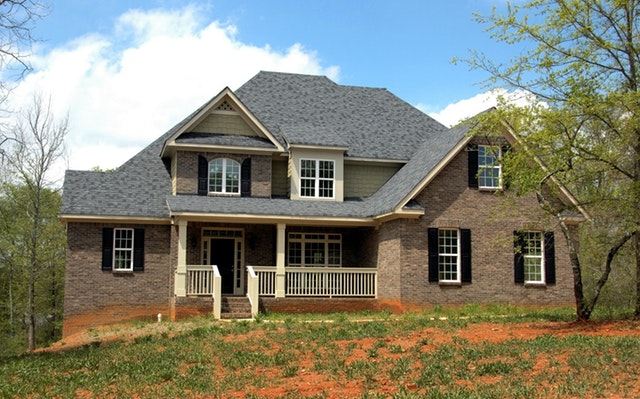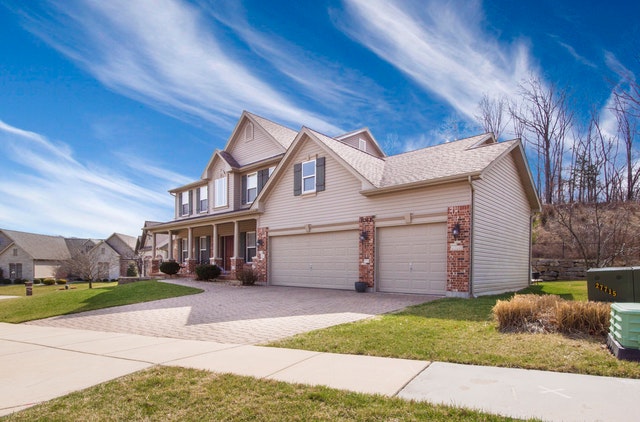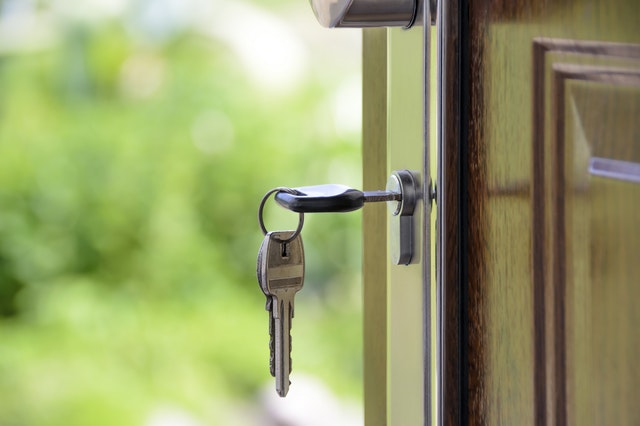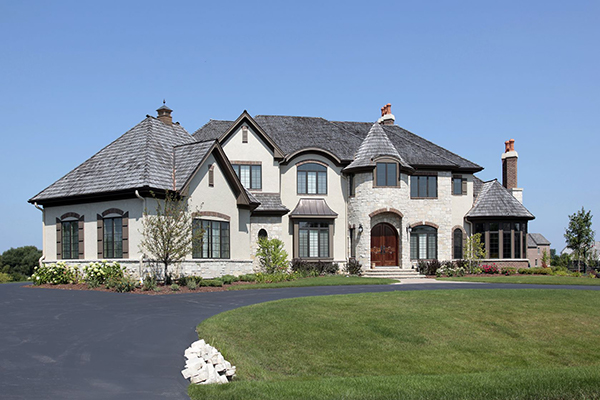 The S&P Case-Shiller National Home Price Index posted its highest gain in nearly 15 years with a year-over-year home price growth rate of 11.20 percent in January. The December 2020 National Home Price Index reported 10.40 percent home price growth. The S&P Case-Shiller 20-City Home Price Index reported 11.10 percent year-over-year growth with 19 of 20 cities reporting higher home prices. Cleveland, Ohio was the only city reporting no home price growth in January. Detroit, Michigan reported home price growth data for the first time in nearly a year.
The S&P Case-Shiller National Home Price Index posted its highest gain in nearly 15 years with a year-over-year home price growth rate of 11.20 percent in January. The December 2020 National Home Price Index reported 10.40 percent home price growth. The S&P Case-Shiller 20-City Home Price Index reported 11.10 percent year-over-year growth with 19 of 20 cities reporting higher home prices. Cleveland, Ohio was the only city reporting no home price growth in January. Detroit, Michigan reported home price growth data for the first time in nearly a year.
Phoenix, Seattle, and San Diego Home Prices are Hot, Hotter, and Hottest
Home prices in Phoenix, Arizona again topped Case-Shiller’s 20-City Home Price Index for January with a year-over-year home price growth rate of 15.80 percent. Seattle, Washington held its second-place position with home price growth of 14.30 percent, and San Diego, California held third position with year-over-year home price growth of 14.20 percent.
Rapidly rising home prices coupled with rising mortgage rates presented challenges for first-time and moderate-income buyers; some have revised their purchasing budgets downward while others have left the market. Analysts noted that buyers leaving the housing market could impact high demand and strong buyer competition which has fueled bidding wars and driven home prices ever higher in popular metro areas.
Craig Lazzara, managing director and head of index investment strategy at S&P Dow Jones Indices, said that January’s home price data supported the position that COVID encouraged buyers to leave congested urban areas for single-family homes in suburbia. He said that many of these households may have accelerated existing home-buying plans.
FHFA Posts 12 Percent Increase in Home Prices; Slowing Momentum
The Federal Housing Finance Agency, which oversees Fannie Mae and Freddie Mac, reported a 12 percent year-over-year growth in prices of single-family homes owned or financed by the two government-sponsored mortgage companies. According to Lynn Fisher, FHFA’s deputy director of the division of research and statistics, home price growth slowed to its slowest pace since June. She wrote, “While house prices experienced historic growth rates in 2020 and into the New Year, the monthly gains appear to be moderating.”
Home prices are expected to continue growing in popular metro areas, but at a slower pace due to higher mortgage rates and would-be buyers leaving the market. Demand for homes may ease as COVID-driven flight from urban areas slows but families working from home and homeschooling their children also create demand for larger homes.
 Builder confidence in housing market conditions reached a new record high in November according to the National Association of Home Builders. November’s index reading of 90 was five points higher than in October. Index readings over 50 indicate positive builder sentiment toward market conditions. Readings for the Housing Market Index fell below 50 in April and May as the COVID-19 pandemic grew.
Builder confidence in housing market conditions reached a new record high in November according to the National Association of Home Builders. November’s index reading of 90 was five points higher than in October. Index readings over 50 indicate positive builder sentiment toward market conditions. Readings for the Housing Market Index fell below 50 in April and May as the COVID-19 pandemic grew. Last week’s economic reports included readings from the National Association of Home Builders on housing markets along with Commerce Department data on housing starts and building permits issued. Weekly reports on mortgage rates and unemployment claims were also released.
Last week’s economic reports included readings from the National Association of Home Builders on housing markets along with Commerce Department data on housing starts and building permits issued. Weekly reports on mortgage rates and unemployment claims were also released. Home builder confidence in housing market conditions stayed flat in September. The National Association of Home Builders Housing Market Index reported an index reading of 67, which matched expectations and NAHB’s housing market reading for August. Analysts cited recent tariffs on building materials as a significant cause of easing builder confidence.
Home builder confidence in housing market conditions stayed flat in September. The National Association of Home Builders Housing Market Index reported an index reading of 67, which matched expectations and NAHB’s housing market reading for August. Analysts cited recent tariffs on building materials as a significant cause of easing builder confidence. Positive economic growth numbers are always cause for celebration and the second quarter GDP just went vertical. After nearly four years of sub-par growth, the real GDP hit 4.1 percent in the second quarter.
Positive economic growth numbers are always cause for celebration and the second quarter GDP just went vertical. After nearly four years of sub-par growth, the real GDP hit 4.1 percent in the second quarter. Homebuilder confidence in housing market conditions dipped two points in January; ongoing challenges including labor shortages and materials costs were cited by the National Association of Home Builders, which provides monthly readings on home builder sentiment. Three component readings of the Housing Market Index declined by one point each. Readings for current sales conditions, housing market conditions for the next six months and for buyer traffic within new single-family housing developments were 79, 78 and 54 respectively.
Homebuilder confidence in housing market conditions dipped two points in January; ongoing challenges including labor shortages and materials costs were cited by the National Association of Home Builders, which provides monthly readings on home builder sentiment. Three component readings of the Housing Market Index declined by one point each. Readings for current sales conditions, housing market conditions for the next six months and for buyer traffic within new single-family housing developments were 79, 78 and 54 respectively.